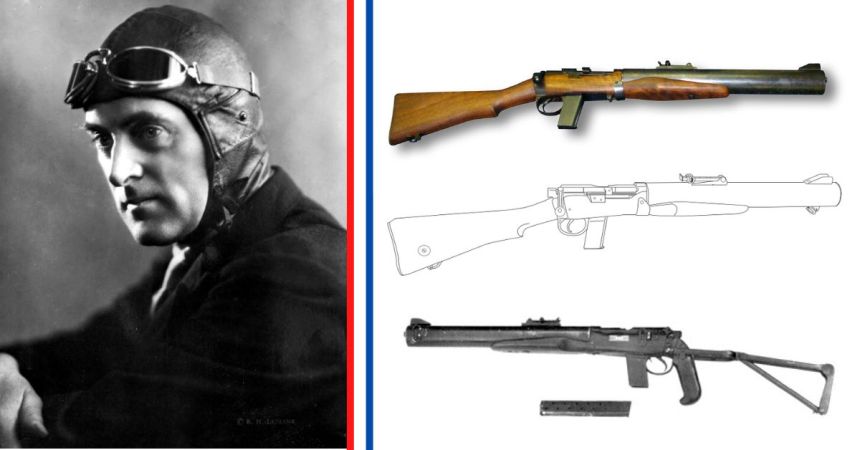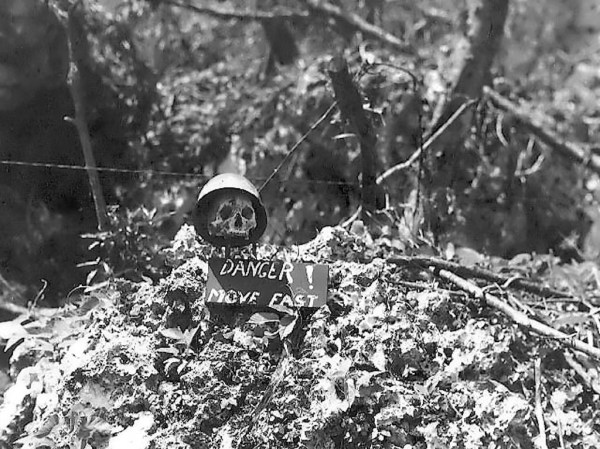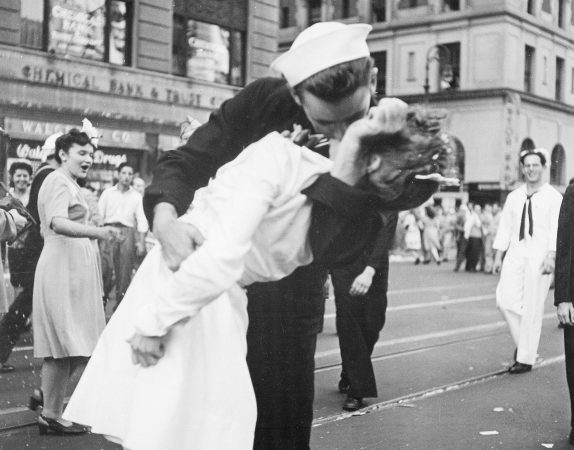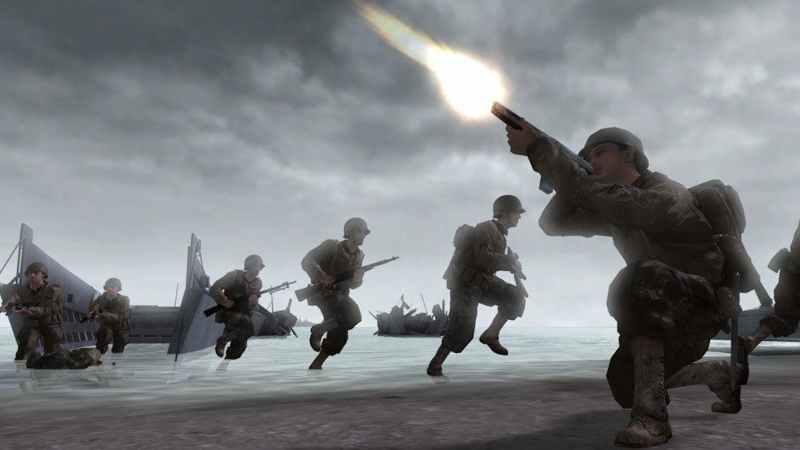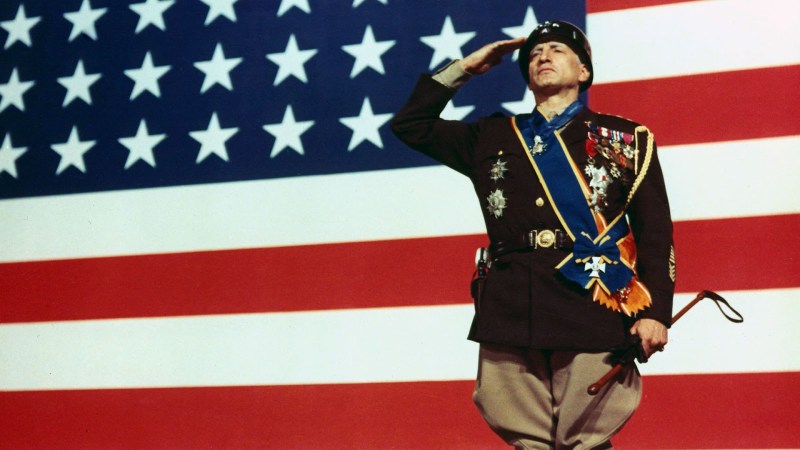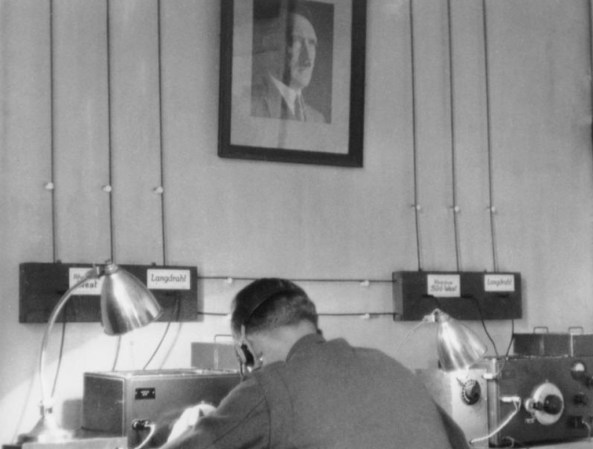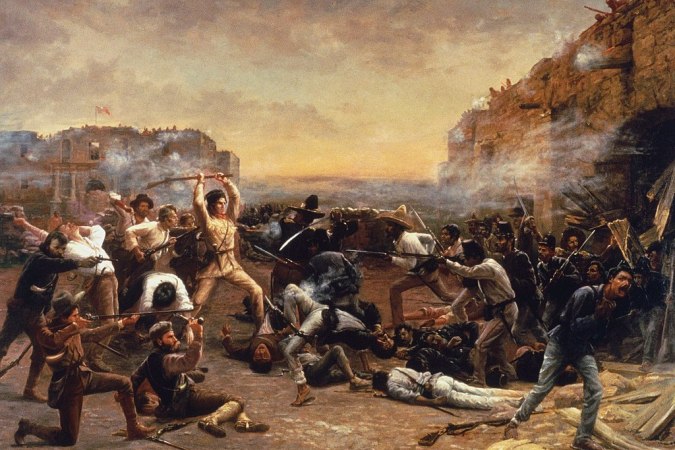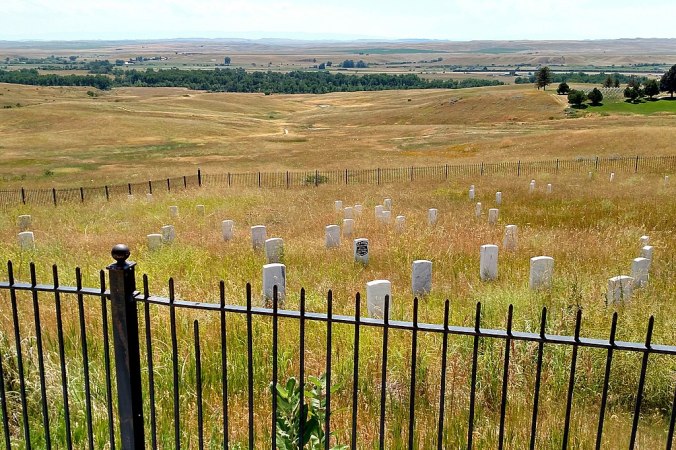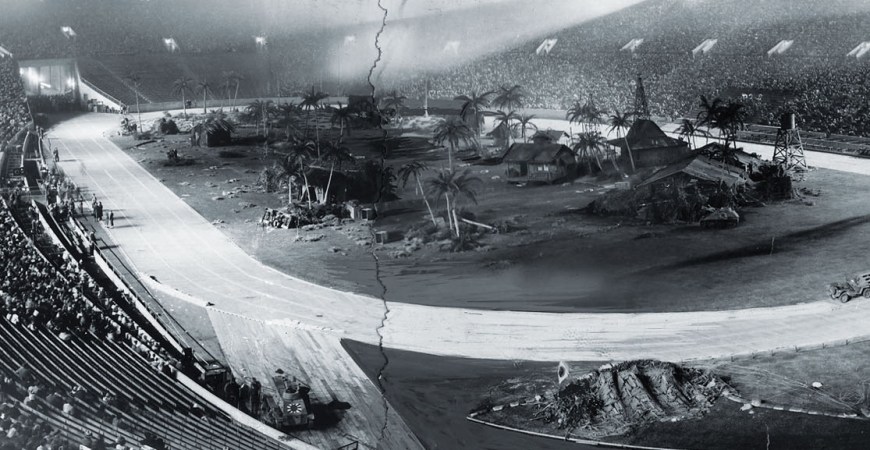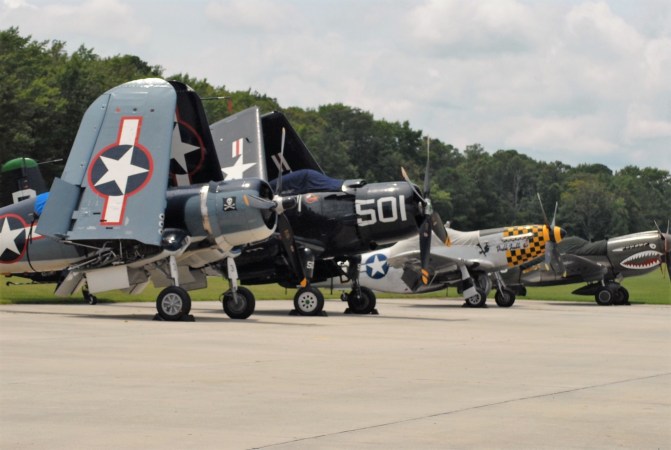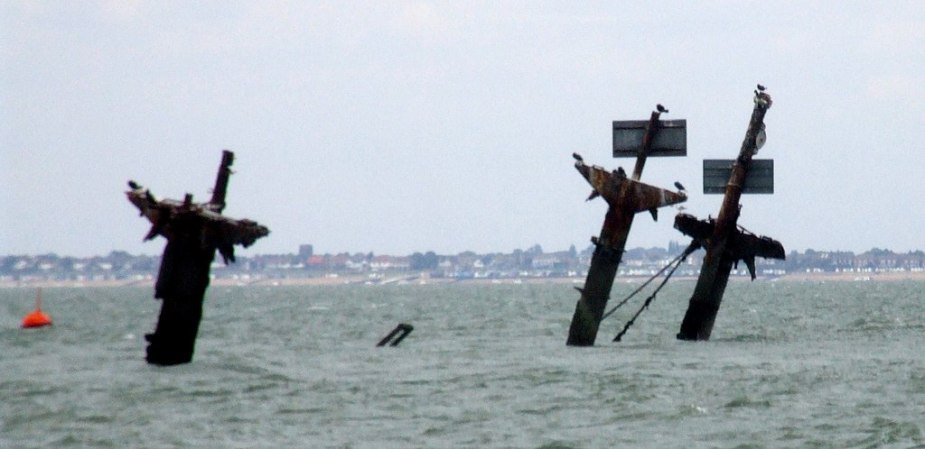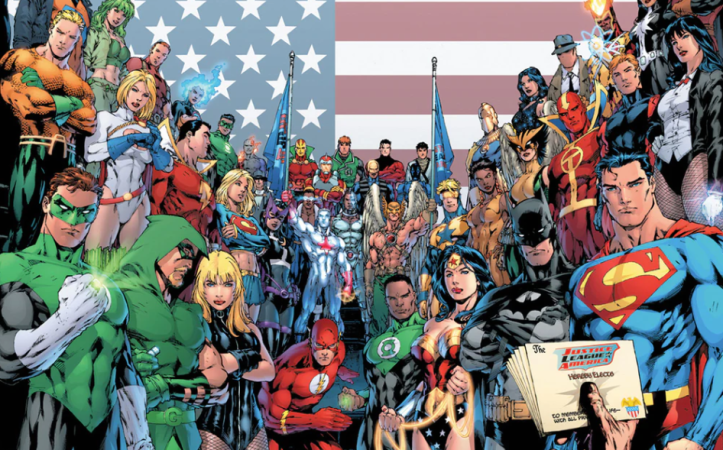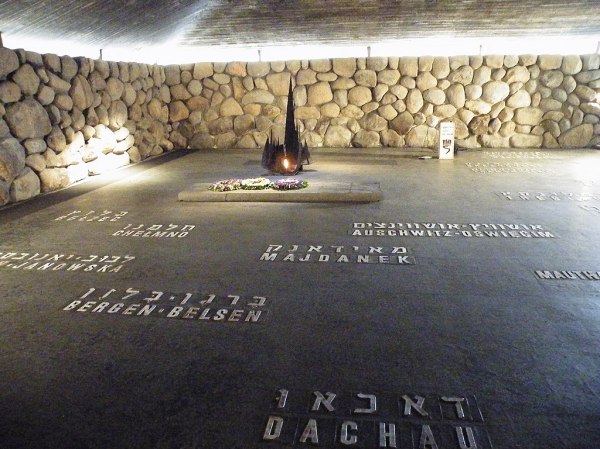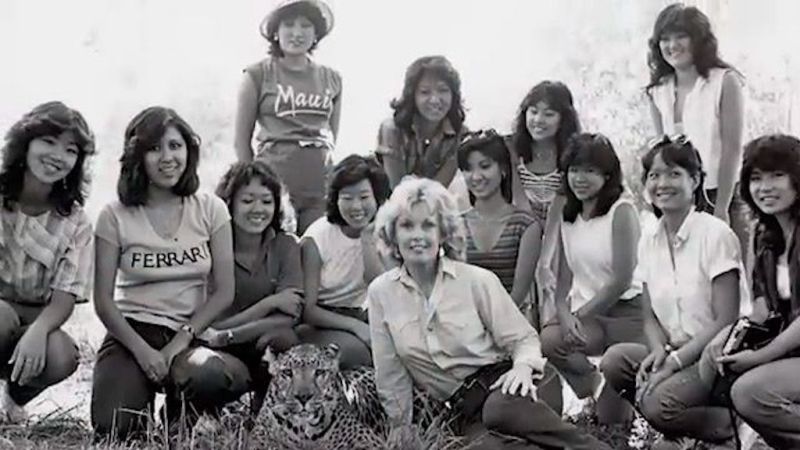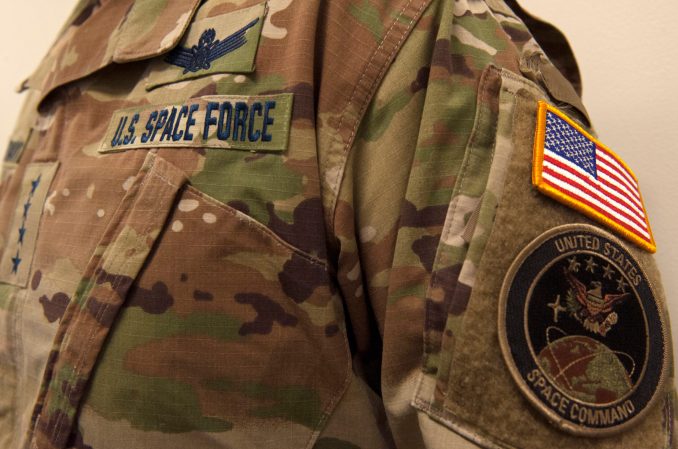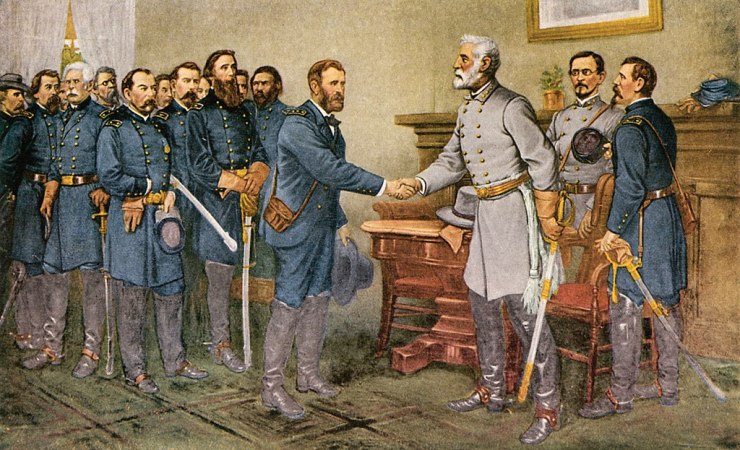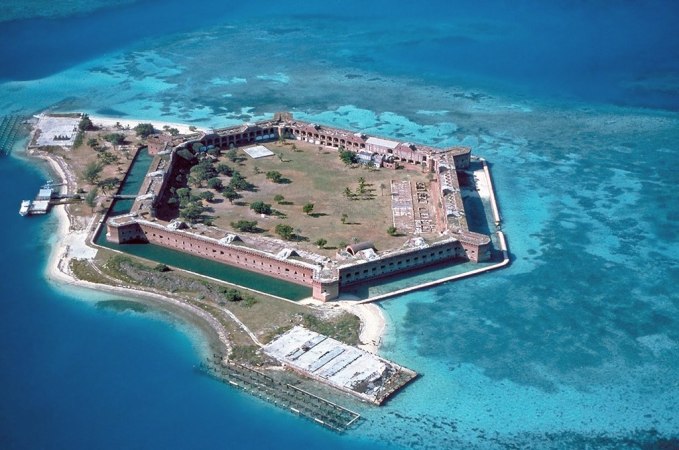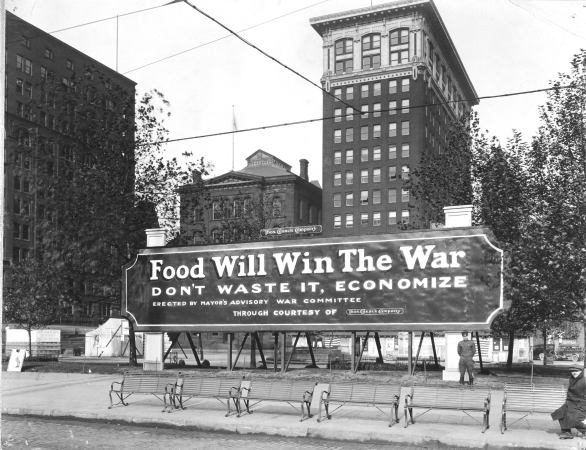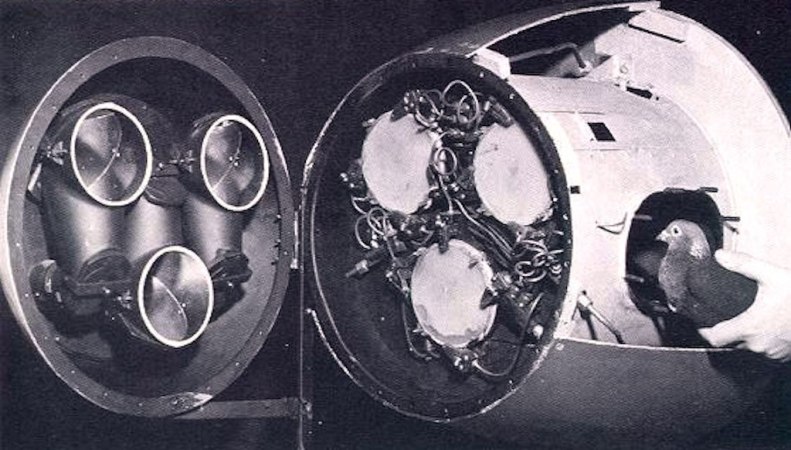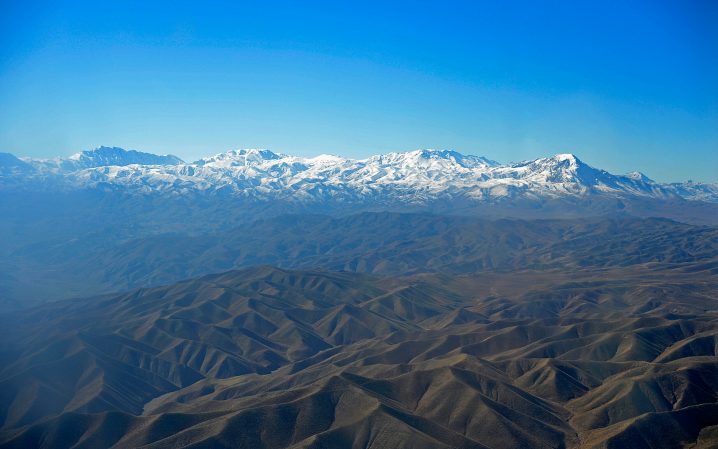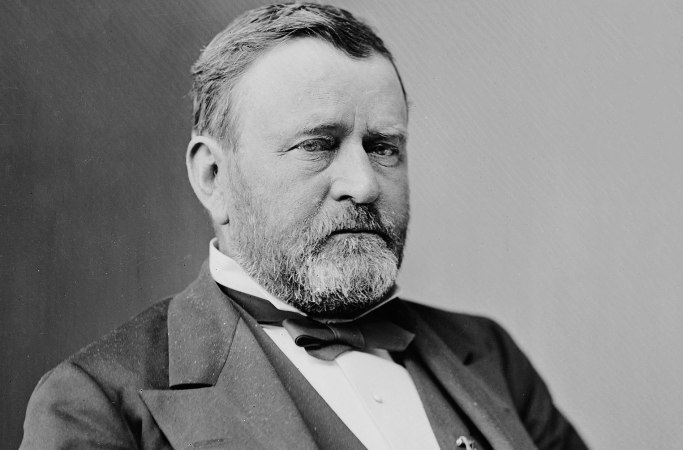Curt Sewell was a 21-year-old Army sergeant when he got the assignment of a lifetime. The assignment of several lifetimes, actually. The Texas native had an affinity for electronics and science. So when he got the chance to “end the war early” in the middle of World War II, he willingly went to the arid regions of New Mexico. “I worked on the Manhatten Project,” he remembered, with true humility.
A naturally humble guy, Curt was always quick to say he was just one of many, and he certainly wasn’t famous like Robert Oppenheimer or Edward Teller. In fact, Curt’s job was literally like a cog in a machine. His responsibility was to work with the team that developed the electronic detonator for the world’s first atom bomb.
When the time for the test bomb came, Curt lay face-down in the sandy soil, with special goggles to minimize the effects of a test weapon whose outcome no one could really predict. “Even with our faces in the dirt and our eyes closed tight, wearing goggles, we could still see the white-hot flash after detonation.” He and his colleagues were so stunned at the destructive capabilities of the bomb that would soon be dropped on Japan that it triggered reflections on the meaning of life, even the life to come.
Curt Sewell in later years never wavered in his belief that the bomb was the truly moral option. It would, he pointed out, save perhaps a million American GI lives, with an impending invasion of mainland Japan in the offing. This weighed heavily on new President Harry Truman’s mind.
On April 12, the world was stunned to learn of the sudden death of American President Franklin Roosevelt. This only weeks before Hitler’s suicide. Truman learned only then about the biggest secret of World War II.
Japan was defeated already in a sense, but getting the military state to surrender was something else altogether. There were so many unknowns. And that’s where a little-known story comes to light now, almost 80 years later.
The Allies had made it clearly known that they would only accept an unconditional surrender from the Axis powers that had pressed a ghastly war on mankind. As Germany reeled from impending defeat in the spring of 1945, General Dwight Eisenhower, the supreme Allied commander in Europe, repeatedly rejected back-channel overtures by Nazi officials for less-than-unconditional terms. It is to Ike’s credit that the Nazis would never again threaten Europe.
However (there are all sorts of delicious “howevers” in history).
When attention was turned to Japan, the only option seemed to be invasion. At the very least, hundreds of thousands of American soldiers—some to be pulled from the front lines in Europe—would be in peril. If they had learned anything from war in the Pacific…Japanese soldiers and even officers did not surrender.
Once it became clear that the atomic bomb could be used against Japan, it was Eisenhower that urged Truman to, if not refuse to use it altogether, delay using it! He had his reasons, of course. According to a new book:
“When [Secretary of War Henry] Stimson first informed him about the bomb three days before, Eisenhower was engulfed by a ‘feeling of depression.’ Now he told the president about his ‘grave misgivings.’ First, Japan was already defeated. Using such a fearsome explosive was unnecessary. Second, he thought the United States ‘should avoid shocking world opinion’ by being the first nation to so dramatically escalate the nature of warfare by deploying a true weapon of mass destruction.”
Several things come to mind in light of Ike’s misgivings. As the man that anguished over sending so many men into France on D-Day, why didn’t he focus on the fallout of the invasion of Japan, which would surely dwarf the Normandy landings? Also, if he was worried about international feelings, is that because he’d just spent years cobbling together coalitions to halt Hitler? It seems plausible that Ike was becoming more a man of the international communities, and not, as Patton once observed, an American first.

In any case, we all know what happened.
On July 16, 1945, before dawn, zero hour approached for the Trinity test. Once the electrical pulse ran into the firing unit of the bomb, it would take only a hundred-millionths of a second for the bomb to detonate.
Twenty miles from the test sight, Curt Sewell lay in the sand, along with hundreds of other worker bees also wondering what would really happen. And then, a gigantic blast wave followed by a deafening roar let everyone know it had happened. A herd of antelope near the bomb site was vaporized. Slowly everyone stood and saw an orange and yellow fireball stretch toward the heavens.
A terrifying new weapon existed. It would be used to rain death, in order to save lives.
Read more on WATM:
The best military history books of 2022
Ukraine is getting these 3 armored fighting vehicles from the US, France and Germany



